- Jun 20, 2012
- 13
Hi - I am new to the forum and pretty new to wood burning stoves in general. I recently bought an old house - built in 1922 - and my wife and I are in the process of essentially gutting it. The house is approximately 1400 sq ft., 3 bdr ranch and was EXTREMELY energy inefficient. During the demo process we have found numerous reasons why, the fireplace being one of many.
We are talking about replacing the existing gas fireplace with a woodburning stove. We hated the configuration of the existing fireplace. It was WAY too big, took up too much room in a small house, my wife hated the brick, and as it turns out, a lot of the infrastructure behind the brick had been damaged by fire anyway, so it's all going to go. Our current thought process is to have the existing old chimney lined, and then replace the old fireplace with a woodburning stove, cover over the mess properly, make it look nice, and be done with it. I have attached a photo of the living room as it looked just before demo started. If I can later I will post pics of the fireplace now that all the brick has been pulled out so you can see the damage done.
We anticipate using the stove to supplement our gas heat and reduce our needs during peak winter months. I don't know if the stove would be burning all day every day, but I anticipate using it a lot. (I have had traditional fireplaces all my life and am no stranger to splitting wood.)
We looked briefly at stoves, but the truth is, I don't know anything about them - who makes a good stove, how they should be installed, what do they cost, etc. My wife and I have our eye on a used stove that is for sale locally, but I would like to do some research on it before I do anything. It is a
Sierra Hearthstove Classic Turbo-Burn Model 2000T. Since it is an old stove (I am guessing this from the company history) I assume it to be non-catalytic.
If anyone feels like offering input/opinions - on Sierra stoves, on the configuration, on my plans for the house, anything - I would appreciate the help. I would like to do this right.
Thanks very much.
We are talking about replacing the existing gas fireplace with a woodburning stove. We hated the configuration of the existing fireplace. It was WAY too big, took up too much room in a small house, my wife hated the brick, and as it turns out, a lot of the infrastructure behind the brick had been damaged by fire anyway, so it's all going to go. Our current thought process is to have the existing old chimney lined, and then replace the old fireplace with a woodburning stove, cover over the mess properly, make it look nice, and be done with it. I have attached a photo of the living room as it looked just before demo started. If I can later I will post pics of the fireplace now that all the brick has been pulled out so you can see the damage done.
We anticipate using the stove to supplement our gas heat and reduce our needs during peak winter months. I don't know if the stove would be burning all day every day, but I anticipate using it a lot. (I have had traditional fireplaces all my life and am no stranger to splitting wood.)
We looked briefly at stoves, but the truth is, I don't know anything about them - who makes a good stove, how they should be installed, what do they cost, etc. My wife and I have our eye on a used stove that is for sale locally, but I would like to do some research on it before I do anything. It is a
Sierra Hearthstove Classic Turbo-Burn Model 2000T. Since it is an old stove (I am guessing this from the company history) I assume it to be non-catalytic.
If anyone feels like offering input/opinions - on Sierra stoves, on the configuration, on my plans for the house, anything - I would appreciate the help. I would like to do this right.
Thanks very much.


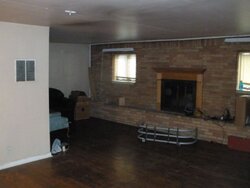

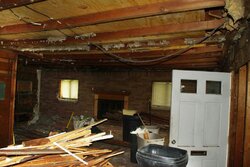
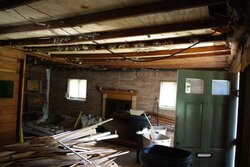
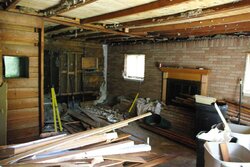
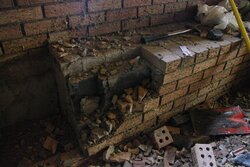
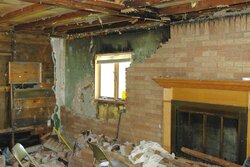
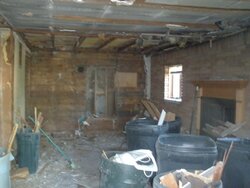
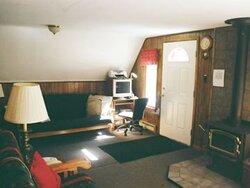


 For Lopi's!...!....!
For Lopi's!...!....!